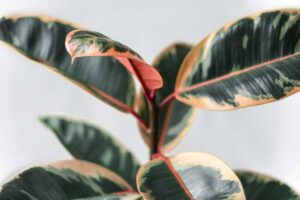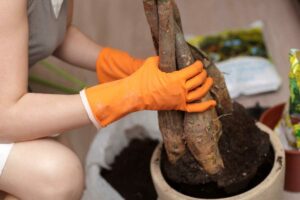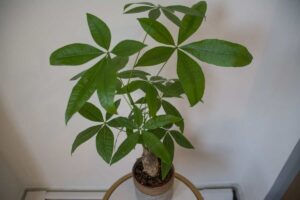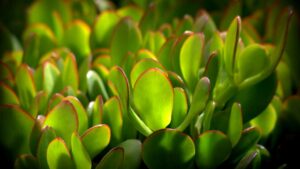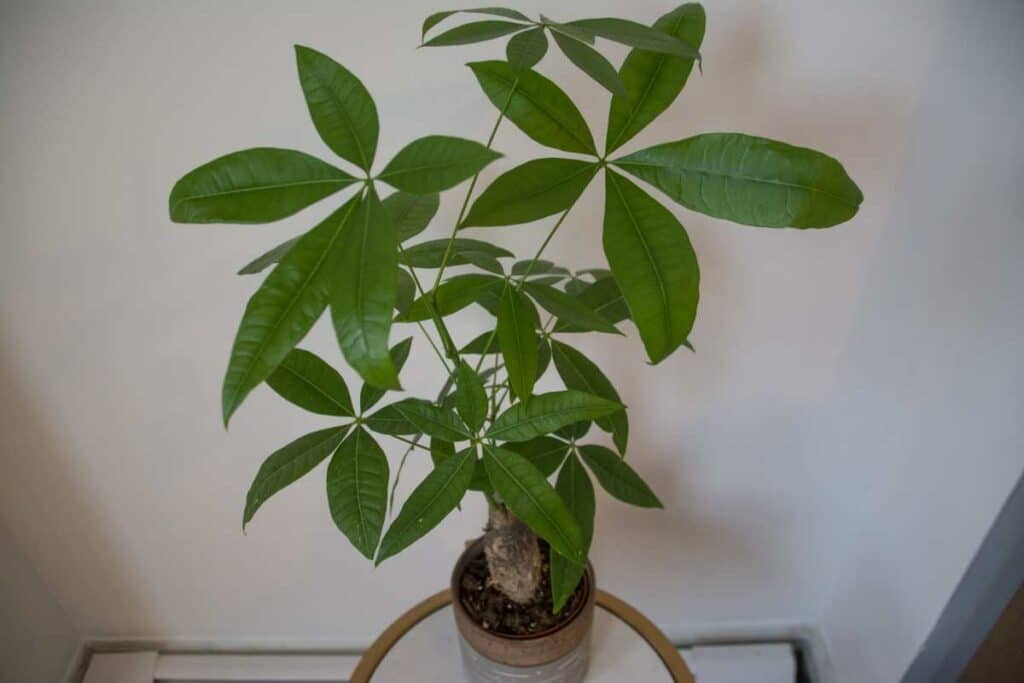
Money trees are a very popular indoor plant that is widely known for their striking beauty and good luck charm.
It is native to tropical regions of Asia and has become a favorite among plant lovers worldwide. However, despite its low maintenance and easy-care requirements, many people struggle to keep their money tree alive.
In this article, we will explore the five possible reasons why your money tree is dying and provide practical solutions to revive it.
Reason 1: Overwatering
One of the common reasons why a money tree dies is due to overwatering. Money trees do not like sitting in wet soil and require well-draining soil to thrive.
Overwatering can lead to root rot, which causes the roots to rot and the plant to wilt. Signs of overwatering include yellowing leaves, soft and mushy stems, and a foul odor coming from the soil.
Solution
If you suspect that your money tree is overwatered, follow these steps to revive it:
- Stop watering the plant immediately and let the soil dry out completely.
- Check the roots for signs of rot, and remove any damaged roots.
- Repot the plant in fresh, well-draining soil.
- Water the plant sparingly, ensuring that the soil is completely dry before watering again.
Reason 2: Underwatering
On the other hand, underwatering can also cause a money tree to die. Money trees require regular watering to keep the soil moist, but not wet.
If you notice that the leaves are drooping or turning brown, it may be a sign that your plant is underwatered.
Solution
Here are some steps to revive an underwatered money tree:
- Water the plant thoroughly, ensuring that the soil is moist but not waterlogged.
- Check the drainage holes to ensure that the water is draining correctly.
- Increase the humidity around the plant by misting it regularly or placing a humidifier nearby.
- Trim off any yellow or brown leaves to encourage new growth.
Reason 3: Lack of Light
Another reason why your money tree is dying could be due to a lack of light. Money trees require bright, indirect light to grow well. If your plant is placed in a dark corner or near a window with direct sunlight, it may be struggling to thrive.
Solution
If you suspect that your money tree is not getting enough light, try these solutions:
- Move the plant to a brighter location, such as near a window with indirect sunlight or under a grow light.
- Avoid placing the plant near a drafty window or air conditioning vent.
- Rotate the plant every few weeks to ensure that all sides receive adequate light.
- Trim off any dead or yellow leaves to allow more light to reach the healthy leaves.
Reason 4: Temperature and Humidity
Money trees thrive in warm, humid environments, and can suffer in dry or cold conditions. Extreme temperature changes or dry air can cause the leaves to turn yellow or brown and drop off.
Solution
To revive a money tree suffering from temperature and humidity issues, follow these steps:
- Move the plant to a warmer location, away from any cold drafts or air conditioning vents.
- Increase the humidity around the plant by misting it regularly or placing a humidifier nearby.
- Place the plant on a tray filled with pebbles and water to create a humid microclimate.
- Avoid placing
Conclusion
By identifying the possible reasons why your money tree is dying and implementing the appropriate solutions, you can enjoy the beauty and good luck of this beloved plant for many years to come.
Remember to avoid overwatering or underwatering, provide adequate light, maintain the right temperature and humidity levels, and regularly check for any signs of pest infestations or diseases.
With these simple tips and tricks, you can enjoy a healthy and happy money tree in your home or office.
So, don’t give up on your dying money tree just yet, and give it a chance to flourish with the right care and attention.
- Philodendron Moonlight Vs. Golden Goddess
- How to Revive Your Rubber Plant: 6 Tips to Help Your Rubber Tree Thrive Again
- Your Money Tree Lost All Its Leaves – Will It Sprout Again?
- Why Is My Money Tree Dying? 5 Possible Reasons and Solutions
- Do Jade Plants Bloom – Fact or Fiction?
- Plants with Heart Shaped Leaves (Secret Language of Leaves)

